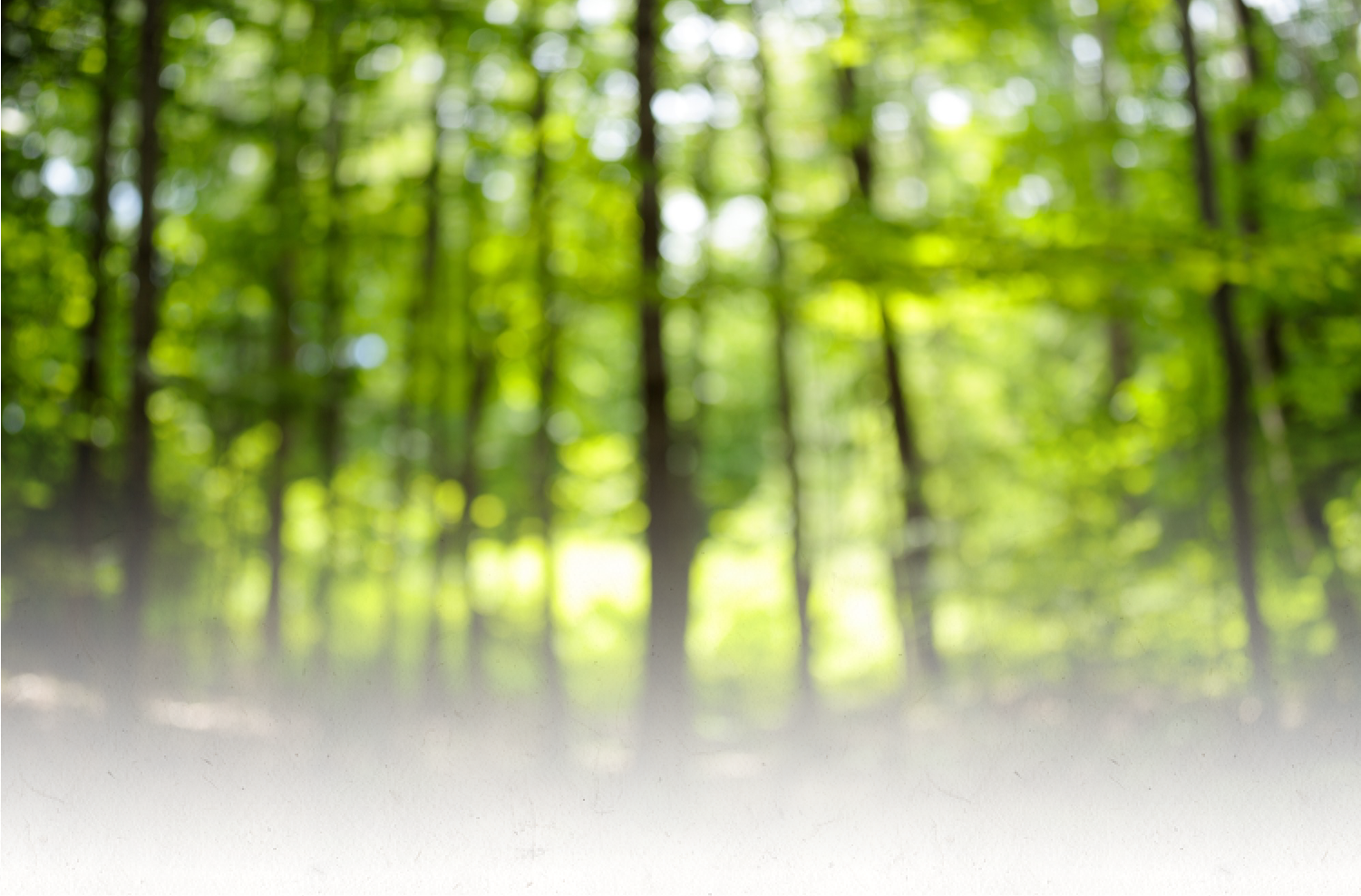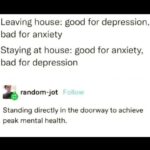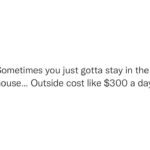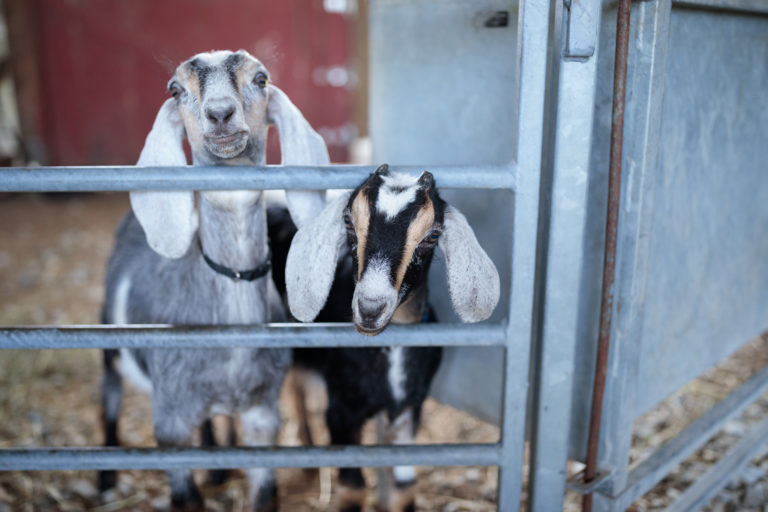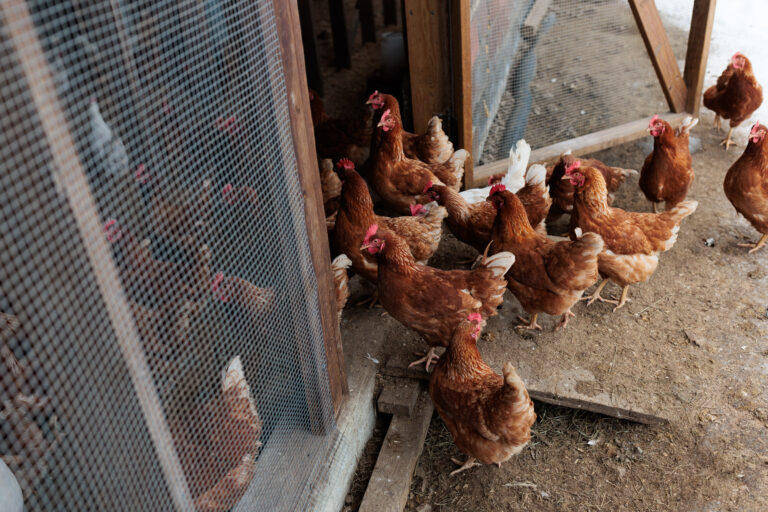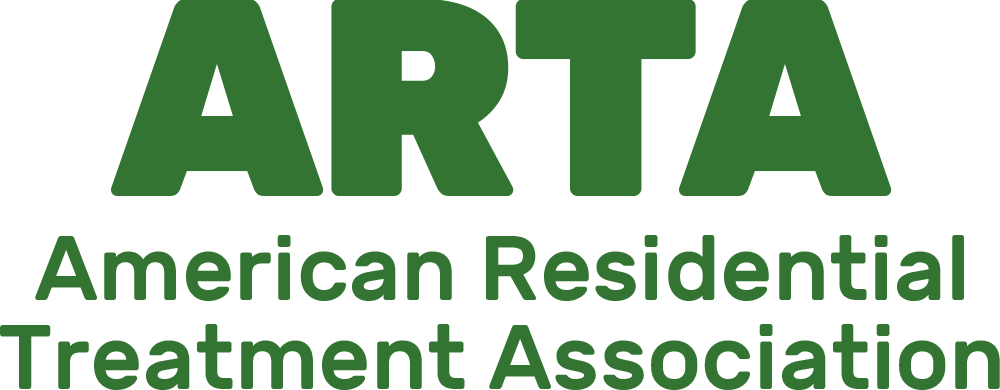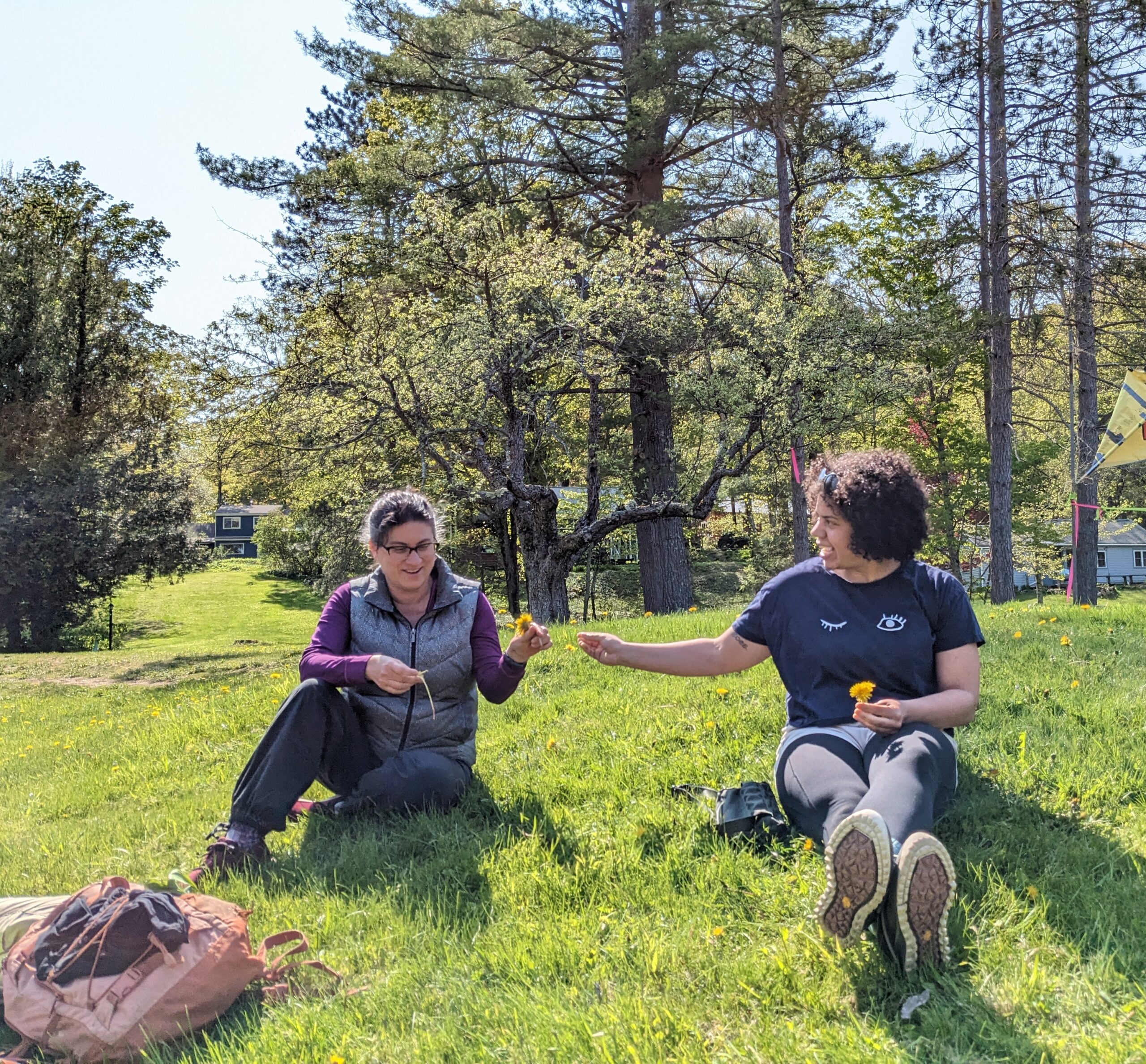
As a mental health practitioner in North Carolina, I hear a lot about the crisis of loneliness in America. I see it in my clients, discuss it with my colleagues, and read about it in journals and magazines. Friends and family struggle with it, and I know I’m lucky to have avoided the recent phenomenon, though I certainly experienced it in my younger years. It’s not inherently problematic to feel lonely from time to time. Perhaps it’s part of that philosophical catch-all, “the human condition.” And yet, the levels to which young Americans are experiencing it these days are concerning.
In January of this year, the American Psychological Association published a poll that found that one in three Americans feels lonely every week. 10% of respondents indicated that they feel lonely every day. Single people between 18-34 were the most likely to experience frequent loneliness.
There are some easy culprits on which to blame the crisis: COVID-19, for starters, the never-ending pandemic that forced us into isolation for months or years at a time; technology, particularly social media like Facebook, Instagram, and TikTok, though the same APA poll saw about 70% of respondents credit technology with helping them connect to and stay connected with others; and certainly the growing ideological divides between generations, regions, economic statuses, and political factions don’t encourage us to connect with one another.
While a little over a third of respondents said that they reach out to family and friends when they’re feeling lonely, half of respondents said they look for a distraction like TV or social media. A quarter said they eat more than usual and 13% said they turn to drugs or alcohol when they’re feeling lonely.
Why? If the problem is loneliness, wouldn’t the solution be to reach out to the people in our lives? And yet, isn’t it so much easier to access and overindulge in the quick dopamine hits we get from substances, dance videos, and sweet or salty foods? And if you’re a young person whose high school or college years were molded by the pandemic, someone with limited means, or someone with increased immuno-vulnerability, perhaps you didn’t have the opportunity to make the kinds of close friendships that adults often lean on in later years as they settle into careers and home lives. What about folks with mental and emotional illnesses that impact social skills? Along with this increase in loneliness, we’ve also seen leaps in the amount of young folks reporting anxiety and depression, two diagnoses that sustain themselves through isolation. There’s even a genre of social media post that riffs on this phenomenon.
Although I’m not currently on the clinical team here, one of the things I love about Spring Lake Ranch’s clinical approach—milieu therapy—is that it challenges these isolating factors. The residents and staff get to participate in a robust community, live and eat with each other, rely on each other, teach each other, enrich one another’s lives—all in the name of mental health. Even as a remote employee working from a different state, I feel supported by the community. And through the work, I feel a part of something bigger than myself. This level of meaning and connection counters the idea that I am alone, and I get to witness it doing the same for others.

